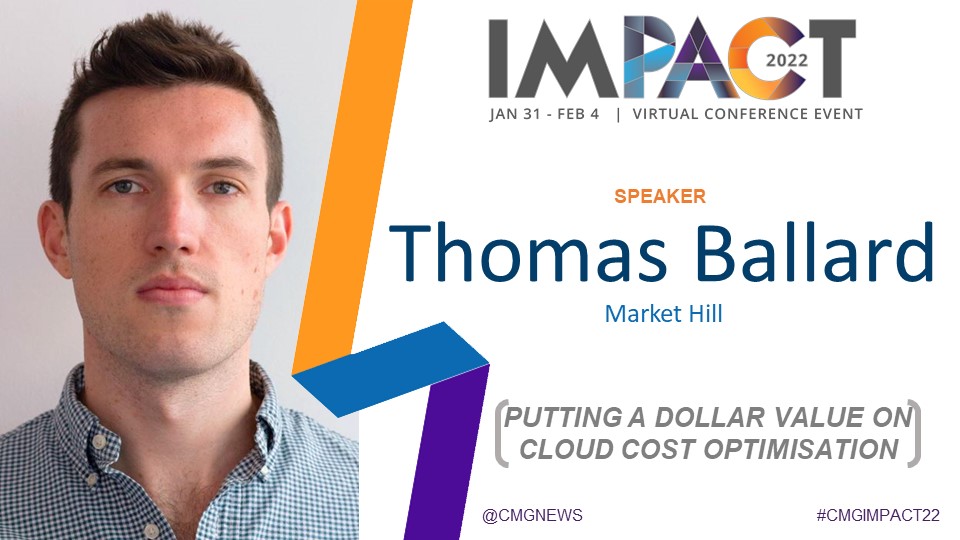Putting a dollar value on Cloud Cost Optimisation

Create Your Lasting Legacy
December 9, 2021
Continuous Performance Testing: Challenges and Approaches
December 13, 2021Picture this, each day your tech teams are provisioning more cloud services. Each month your cloud infrastructure bill is growing. There are rumblings of setting up a new data centre in Austin or South Africa. Something doesn’t feel right. You suspect that you might be spending too much money in the Cloud. You might be wondering how much is too much? This might be a good time to introduce you to a simple but effective cloud cost model. This model is based on the idea that enterprise firms typically over-provision infrastructure and services. In the cloud between 50-70%. With a physical data centre, this is more like 70-90%! In this session, you’ll find out why this is this typically happens and what you can do to stop it from happening to you!
The idea of reducing cloud cost is nothing new, infact nothing has really changed since the days of hosting infrastructure in your own data centre. Whats new is that your cloud cost has just become a variable (OPEX) cost on your companies balance sheet, which means your CFO and CEO are very interested about what that number means and which direction its heading in. In this session we’ll explore a simple model you can use to predict your cloud cost, the amount you might be over-provisioned and come up with a quick plan to do something about it.
At a high level the model looks something like this: Let’s say your company is a SaaS service provider. They have an annual revenue of $100m. We’ll call them company A. It’s not uncommon for a firm like company A to spend at least 20% of their revenue on Technology. This cost includes licensing, people, services and infrastructure. For company A this would be $20m p.a. If we assume that 30% is allocated to technology infrastructure and services this would be $6m p.a for company A. Using the cloud over-provisioning assumptions (50-70%). The optimisation opportunity for company A would between a reduction of $3m-$4.2m p.a. If company A had a physical data centre this would be a reduction of $4.2m- $5.4m p.a. You can easily see what this might look like at exit with a 5x, 10x or 15x multiplier.Not to mention that if company A’s annual revenue was $1bn…. you can do the math. How will you use this information with your tech teams? What do you think their objections might be? How long do you think they would need to take this cost out of their business? We’ve even turned this into a simple excel model you can use yourself and can be shared with attendees who would like it.
Takeaways:
- Cloud cost optimisation is complex, you are not alone
- Most organisations know its a problem but lack the insight and a detailed plan to fix
- Once you know how you can will significant reductions in spend but more importantly be able to scale faster than before
INTERVIEW:
About The Speaker:
Thomas Ballard is a founder at Market Hill. They work with the world biggest Private Equity companies and their portfolio companies to create value through technology in particular in the cloud.
IMPACT 2022 Session Video:
To view the video you must have a CMG membership or had registered as an IMPACT 2022 Attendee. Sign up today!For existing members sign in here.





